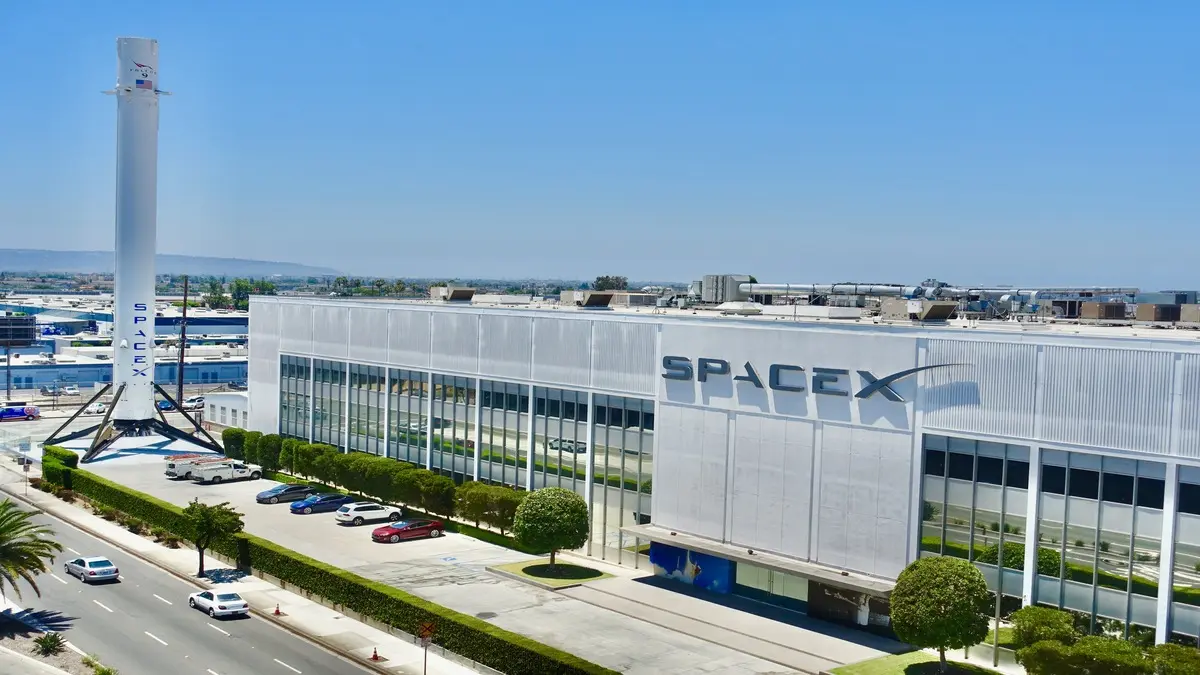“The U.S. Space Force has awarded SpaceX a high-priority contract to develop a classified satellite communications network — code-named MILNET — that will integrate with the Department of Defense’s growing hybrid military-commercial satellite mesh in low-Earth orbit.
“We’re completely rethinking how we’re going to operate that constellation… for the joint force, which is going to be critical,”
— Colonel Jeff Weisler, Space Force Delta 8 commander
Despite funding from the Space Force, emphasizing its dual military-intelligence role, the contract is being managed by the National Reconnaissance Office (NRO).
Starshield and the Rise of Military LEO Networks
SpaceX’s new military-focused Starshield constellation — built on the backbone of Starlink – Already More than 118 satellites have already been launched by the second quarter of 2025. These satellites are capable of:
- Secure military communications
- Early missile warning
- Space-based sensing
- Potential hosting of future directed-energy or interception systems
The U.S. Department of Defense has committed more than $13 billion to StarShield systems, including millions of encrypted terminals worldwide. A separate $537 million package funds SpaceX’s ongoing support of Ukraine’s satellite infrastructure.
*Solid Motor Assembly Building (SMAB). Space Launch Complex 40 (SLC-40), Starlink Falcon 9 satellites carry
Political tension: Trump vs. Musk
Despite the Pentagon’s growing reliance on SpaceX, political turmoil has complicated matters. The White House has begun a review of all SpaceX contracts amid growing tensions between President Trump and Elon Musk.
A recent Financial Times editorial warned:
“The Musk-Trump feud is a warning… that overreliance on a private individual risks undermining US national security.”
Still, defense leaders have defended the partnership, citing SpaceX’s rapid deployment capabilities, cost-effectiveness, and innovation.
Global Consequences of a Privatized Battle Network
1. Transforming Space into an Active Warzone
The MILNET and Starshield constellations are part of a larger Pentagon transformation: Satellites are no longer passive tools—they are living, networked assets for combat coordination, targeting, and missile defense.
2. Strategic Advantage in Conflicts
The Ukrainian military currently operates more than 47,000 Starlink terminals, many of which are NATO-funded. This reliance gives SpaceX a geopolitical advantage that few private companies have ever exploited.
3. Risks of Over-Commercialization
Analysts warn that over-reliance on SpaceX could lead to strategic vulnerability
- Crowded sky. Short paths are like stars. Long paths are all satellites, mainly Starlink-5
4. Accelerating space militarization
As the U.S. integrates commercial assets into defense operations, countries like China, Russia and India are accelerating their own satellite militarization strategies — raising the risks of space conflict.
“Pentagon’s private partnerships are driving competitors to develop ASAT weapons and swarms of offensive satellites,”
— Peter Epps, Reuters defense columnist
Final thoughts
SpaceX-Pentagon MilNet deal is a watershed moment in modern warfare: Silicon Valley A mix of innovation and battlefield command. While Elon Musk’s company provides the backbone of U.S. space operations, growing geopolitical and political entanglements beg a fundamental question:
Can national security really be outsourced?
Also Read: Germany Plans to Order 8,500 Armoured Vehicles in Major Defence Upgrade
FAQs
MilNet is a secret satellite network designed for secure military communications, early missile warning, and space-based sensing. The U.S. Space Force chose SpaceX because of its StarShield constellation, which is built on Starlink satellites. This allows for rapid deployment and integration with the Department of Defense’s hybrid military-commercial satellite network.
StarShield is a military-focused version of Starlink. While Starlink primarily serves internet users, StarShield adds encrypted communications, missile warning capabilities, and the ability to host future defense systems. It is part of the U.S. effort to turn space into a more active and networked battlefield.
Yes. Relying on a private company like SpaceX gives the US faster deployment and cost advantages, but analysts warn that it could create strategic vulnerabilities. Other countries like China, Russia, and India are ramping up their own military satellite programs, raising the possibility of space conflict.
MILNET shows how commercial space technology is merging with defense needs. Trending topics like satellite militarization, private-public space partnerships, and the use of AI and networked satellites in warfare are garnering attention on Google Trends. The deal also highlights a growing debate: Can national security be partially outsourced to private companies?








Leave a Reply